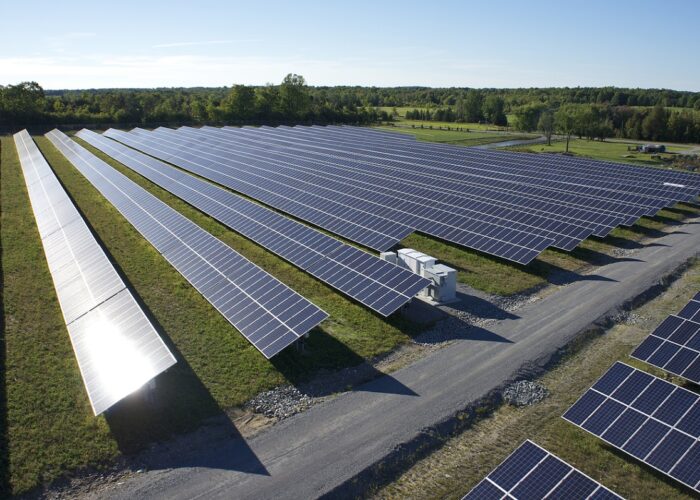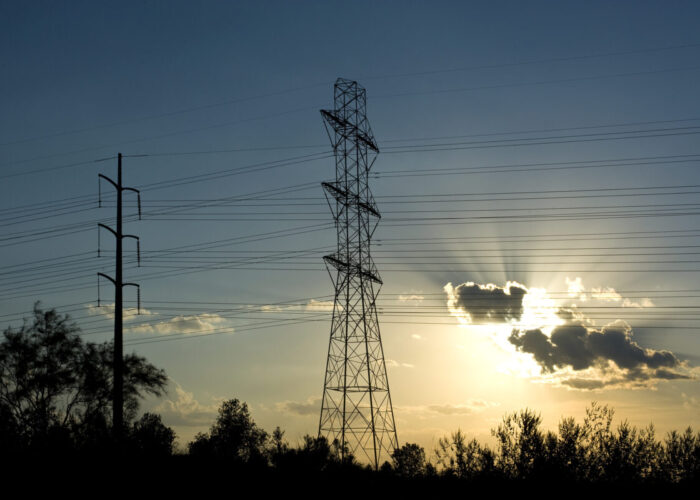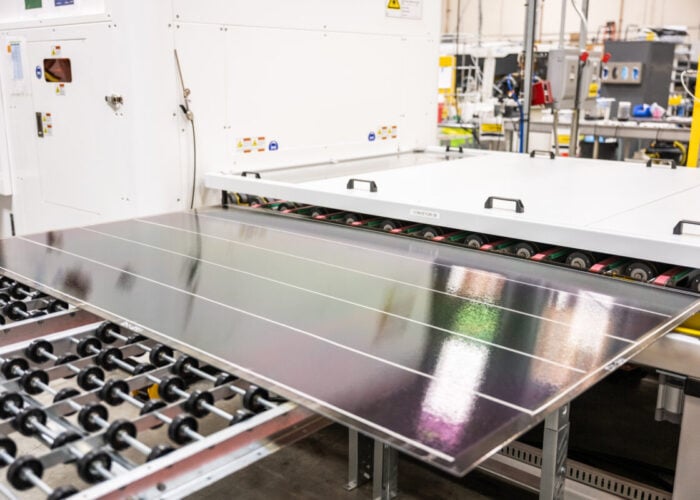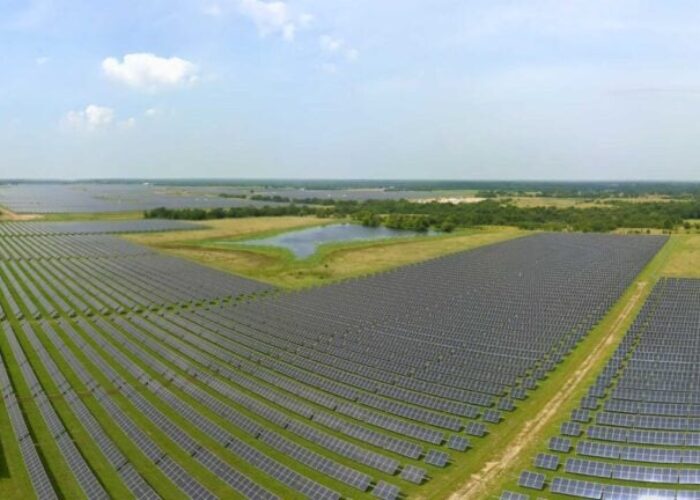
Update 21 August 2020: A representative of Capital Dynamics contacted Energy-Storage.news with the following additional information:
The combined projects' output and capacity are planned as follows: “1.95GW and up to 7.8GWh if all projects are 4-hour storage,” the representative said.
Unlock unlimited access for 12 whole months of distinctive global analysis
Photovoltaics International is now included.
- Regular insight and analysis of the industry’s biggest developments
- In-depth interviews with the industry’s leading figures
- Unlimited digital access to the PV Tech Power journal catalogue
- Unlimited digital access to the Photovoltaics International journal catalogue
- Access to more than 1,000 technical papers
- Discounts on Solar Media’s portfolio of events, in-person and virtual
Of their strategic location, the representative said: “8 of the 9 projects are on the coast (Bay Area, LA, San Diego) to be close to load. If transmission has an outage and renewables located east cannot deliver energy due to transmission capacity it is important to have storage ready to dispatch without this constraint.
Asset management firm Capital Dynamics has signed a deal with Nebraskan independent power producer Tenaska to develop nine battery energy storage system (BESS) projects located in California's highest electrical load centres.
The BESS projects will be designed to deliver power resources to manage high-demand conditions caused by heat waves, supply shortages and growing local power supply deficiencies in the Bay Area, Los Angeles and San Diego areas that cannot be reliably served solely by intermittent renewables, the companies said.
Struck through Capital Dynamics’ Clean Energy Infrastructure business, the deal will see enable the provision of approximately 2GW of clean energy through the nine projects into the California Independent System Operator (CAISO) market.
Benoit Allehaut, managing director of the Clean Energy Infrastructure team, said California is poised for “significant growth” in energy storage demand as a result of its “robust” clean energy goals. Indeed, the state announced plans in March to add 25GW of renewables by 2030.
“We are excited to join with Tenaska to build high-quality battery energy storage facilities to help integrate renewables and reinforce CAISO grid reliability and resilience,” said Allehaut. “We hope to quickly contract resource adequacy with utilities and CCAs to grow this portfolio.”
The move builds on other partnerships between Capital Dynamics and Tenaska. Last month, they agreed to develop 24 solar projects totalling 4.8GW, following on from a previous collaboration for 14 PV projects with approximately 2GW in the US Midwest.
Calls for more solar-charged batteries in California
The deal comes as California struggles to meet demand for electricity amid an ongoing heatwave that has fuelled dozens of wildfires. CAISO declared a state-wide Stage 2 Emergency earlier in the week and appealed to consumers to conserve energy to avert or limit power outages.
The strain on the electric system is said to be primarily driven by air conditioning use across the state. However, in an update yesterday, CAISO said consumer conservation efforts averted rotating power outages, even though “energy supplies were tight”.
While some have blamed the energy supply issues on the state’s transition from fossil fuels to renewables, Bernadette Del Chiaro, executive director of the California Solar & Storage Association, said more solar-charged batteries can help solve its energy shortage.
“Moving beyond blame, what is needed is more solar energy combined with solar-charged batteries, not more fossil fuel power plants, to cover evening peak loads,” she told Energy-Storage.news.
“The state is not doing enough on this front. That’s the problem.”
Meanwhile, the California Energy Storage Alliance said in a statement earlier this week that “energy storage has been actively helping to meet grid peak needs”.







